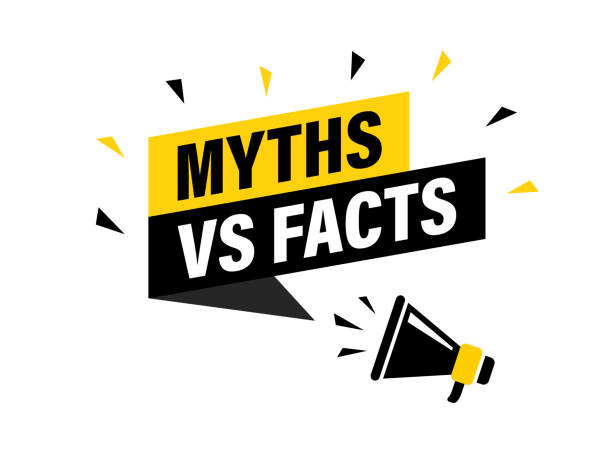by Betsy Craig, CEO of MenuTrinfo®

While food allergies are becoming more common and the demand for allergy-friendly food grows, many facts are commonly misunderstood. Here are some common myths about food allergies you may have heard before, or even believed to be true.
Myth #1: Food allergies aren’t that serious.
Food allergies can cause a wide range of symptoms, from hives and a stuffy nose, to vomiting, difficulty breathing and loss of consciousness. An allergic reaction can happen within seconds, minutes or even hours of exposure to an allergen whether it is ingested, touched, or inhaled. A severe reaction may become anaphylaxis which can be life-threatening. Anaphylaxis causes your body to go into shock. Signs and symptoms include a rapid, weak pulse, a skin rash, and nausea and vomiting.
People with food allergies must always be cautious to ensure they avoid reactions. Food allergies should always be taken seriously.
Myth #2: Eating a little bit won’t hurt.
Even a trace amount of a food allergen can trigger a severe reaction. Avoiding cross-contact between a safe food and food allergens is just as important as avoiding the allergen itself. Cross-contact occurs when an allergen is accidentally transferred from one food to another. Common places cross-contact occurs are grill tops, fryer oil, and garnishes. The food that was safe before is now dangerous for people with that food allergy.
Make sure to have documented procedures in place when preparing food free from allergens including using clean and sanitized utensils and equipment and review all ingredients before preparing allergy-friendly dishes.
Myth #3: Food allergies are the same as food intolerances.
Unlike food allergies, food intolerances do not involve the immune system. This means that your body is not able to digest certain food or food proteins. While food intolerances can cause great discomfort, they are not immediately life-threatening. A food allergy, on the other hand, involves the immune system which causes a series of symptoms which can be fatal.
Although food allergies and food intolerances are different, both should be taken seriously to keep your guests safe and comfortable while dining in your establishments.
Myth #4: All allergy-inducing ingredients must be listed on food labels.
According to the Food Allergen Labeling and Consumer Protection Act (FALCPA), the eight most common allergens must be labeled on packaged foods sold in the U.S. These allergens are milk, egg, peanut, tree nuts, soy, wheat, fish and shellfish.
This federal law requires these ingredients be listed if they are present in any amount and should be featured clearly and in plain language, even if they appear in colors, flavors or spice blends.
However, people can be allergic to foods other than the eight most common. These allergens can appear in surprising places, and they may not be listed on food labels.
Always read food packaging labels and ask questions about ingredients before serving food to guests that have food allergies. Pay attention to the “may contain” warnings on food labels as well. This is especially important for guests with severe allergies.
Food allergies are very common. Its important to know how to safely serve food to guests with food allergies. Make sure to your staff knows how to prepare allergen friendly food and what steps to take if a guest has an allergic reaction before it happens. We offer food allergy training and allergy-free auditing designed specifically for foodservice establishments. Need help developing allergy-friendly options? Our team of experts is here to help. Give us a call today to learn more about our services.



